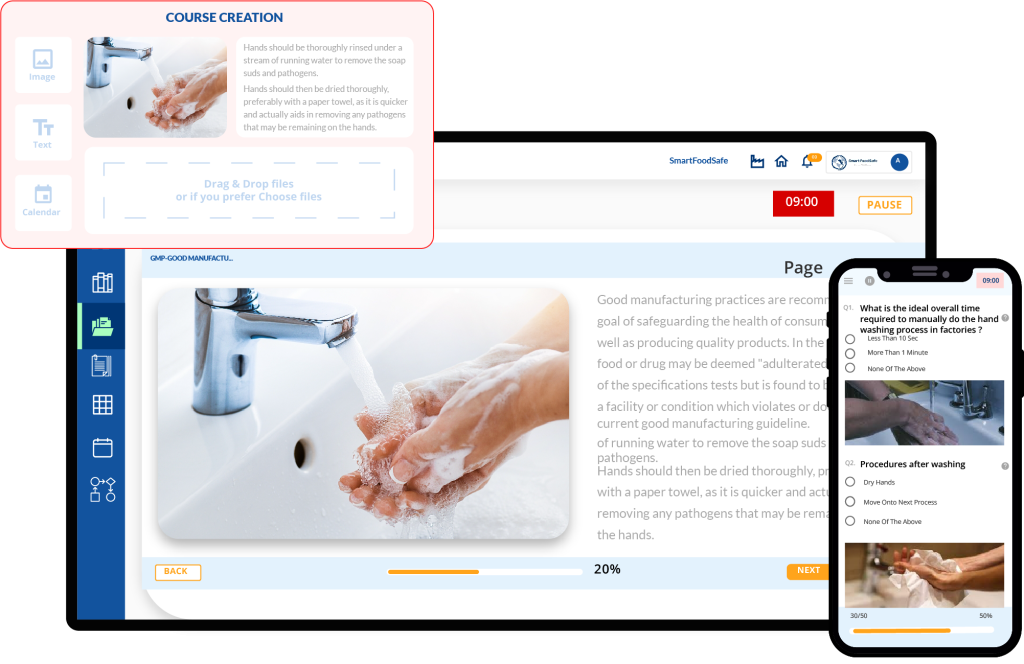
The difference between a good meal and a food safety disaster often lies in the hands of frontline workers. Train them well is the key way to go to protect not just your customers, but your brand’s reputation.
Food handling is a critical aspect of the food and beverage industry, yet it is often overlooked or under-prioritized. With increasing consumer awareness about food safety and hygiene, businesses can no longer afford to treat food handling as an afterthought. The stakes are high—improper food handling can lead to foodborne illnesses, regulatory penalties, and irreversible damage to a brand’s reputation.
The solution? Empowering frontline workers with the right knowledge, skills, and tools to handle food safely and efficiently. Let us see how businesses can train their frontline workers for better food handling practices, and how Smart Training, our innovative training management platform, can elevate this process digitally.
Why Food Handling Training Matters More Than Ever
The food and beverage industry is built on trust. Customers trust that the food they consume is safe, hygienic, and prepared with care. However, this trust can be shattered in an instant by a single lapse in food handling practices.
Frontline workers—chefs, servers, kitchen staff, and delivery personnel—are the backbone of the food industry. They are the ones who handle, prepare, and serve food daily. Yet, many of them lack adequate training in food safety protocols. Investing in comprehensive food handling training to remediate this gap is truly essential.
As food production, processing, and distribution become more interconnected, contamination risks multiply, making it vital for all food handlers—whether in manufacturing, retail, or food service—to be well-versed in proper hygiene and safety protocols.
Proper training ensures that food handlers understand key safety principles, such as time-temperature control, cross-contamination prevention, allergen management, and proper sanitation, reducing the likelihood of outbreaks and maintaining consumer trust.
Challenges of Traditional Food Handling Training
Traditional food handling training methods often fall short of delivering the desired results. Here’s why:
- Time-Consuming and Disruptive: Classroom-based training sessions take workers away from their daily tasks, disrupting operations and reducing productivity.
- One-Size-Fits-All Approach: Generic training programs fail to address the specific needs of different roles within the food industry. A chef’s training requirements differ significantly from those of a delivery driver.
- Lack of Engagement: Traditional training methods can be monotonous and fail to engage workers, leading to poor retention of information.
- Difficulty in Tracking Progress: Without a centralized system, it’s challenging for businesses to monitor the effectiveness of training programs and identify areas for improvement.
These challenges highlight the need for a more innovative, methodical, and engaging approach to food handling training.
Business Benefits of Smart Training: A Smarter Way to Enhance Frontline Worker Efficiency
Implementing Smart Training isn’t about mindless training sessions on endless courses that end up not serving its purpose, instead, training is made digitally capable to optimize workforce efficiency through smarter learning management processes.




